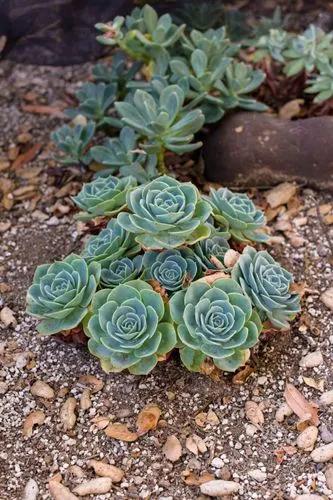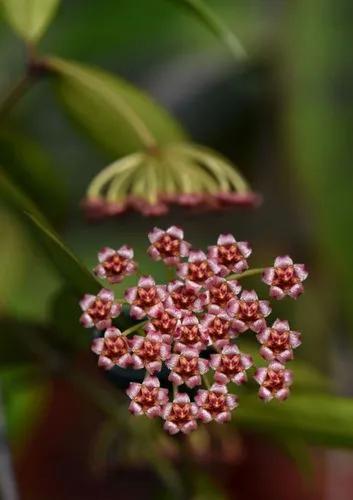Sedum rubens is a small erect therophyte (annual herb), 2-15 cm, glandular-hairy especially in the upper parts, greyish-green, usually glaucous, and eventually becomes reddish. The flowering-stem is branched 2 to four times above and bears several white or rarely pink flowers in spring. The flowers are star-shaped, have 5 white pinkish petals with a deep red keels, and are held in a 2-4 branched, leafy inflorescence. Fruits are also hairy, pointed at tip, star-shaped.
Red Stonecrop Care
Sedum rubens



Erect annual 2-15 cm, glandular-pubescent above, somewhat glaucous and usually reddish. Leaves 10-20 mm, alternate, or in whorls of 4 below, patent, linear, semiterete. Flowers 5-merous, sessile, in a leafy, corymbose cyme. Petals 5 mm, sharply acuminate. Follicles usually divergent at the base but suberect in upper part, glandular-tuberculate; styles long, straight.
When growing Sedums, keep in mind that these plants need very little attention or care. They will thrive in conditions that many other plants thrive in, but will do just as well in less hospitable areas. They are ideal for that part of your yard that gets too much sun or too little water to grow anything else. A common name for Sedum is Stonecrop, due to the fact that many gardeners joke that only stones need less care and live longer. It can be invasive if not controlled.
This plant is useful.
This plant might be poisonous
How to get rid of:
Use your hands as well as a garden trowel if needed to dig up and remove Red Stonecrop plants by their roots. Pull them from the soil slowly in order to remove the root as well as the leaf and stem of the plant. If you do not remove the roots, the plant will simply grow back.
How to Care for the Plant

Popularity

100 people already have this plant 23 people have added this plant to their wishlists
Discover more plants with the list below
Popular articles






